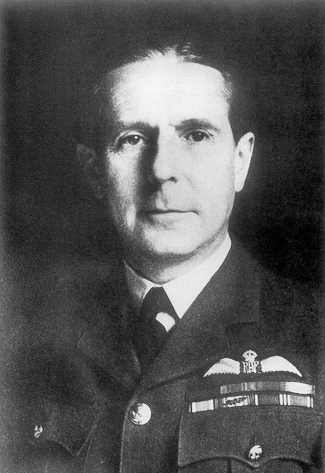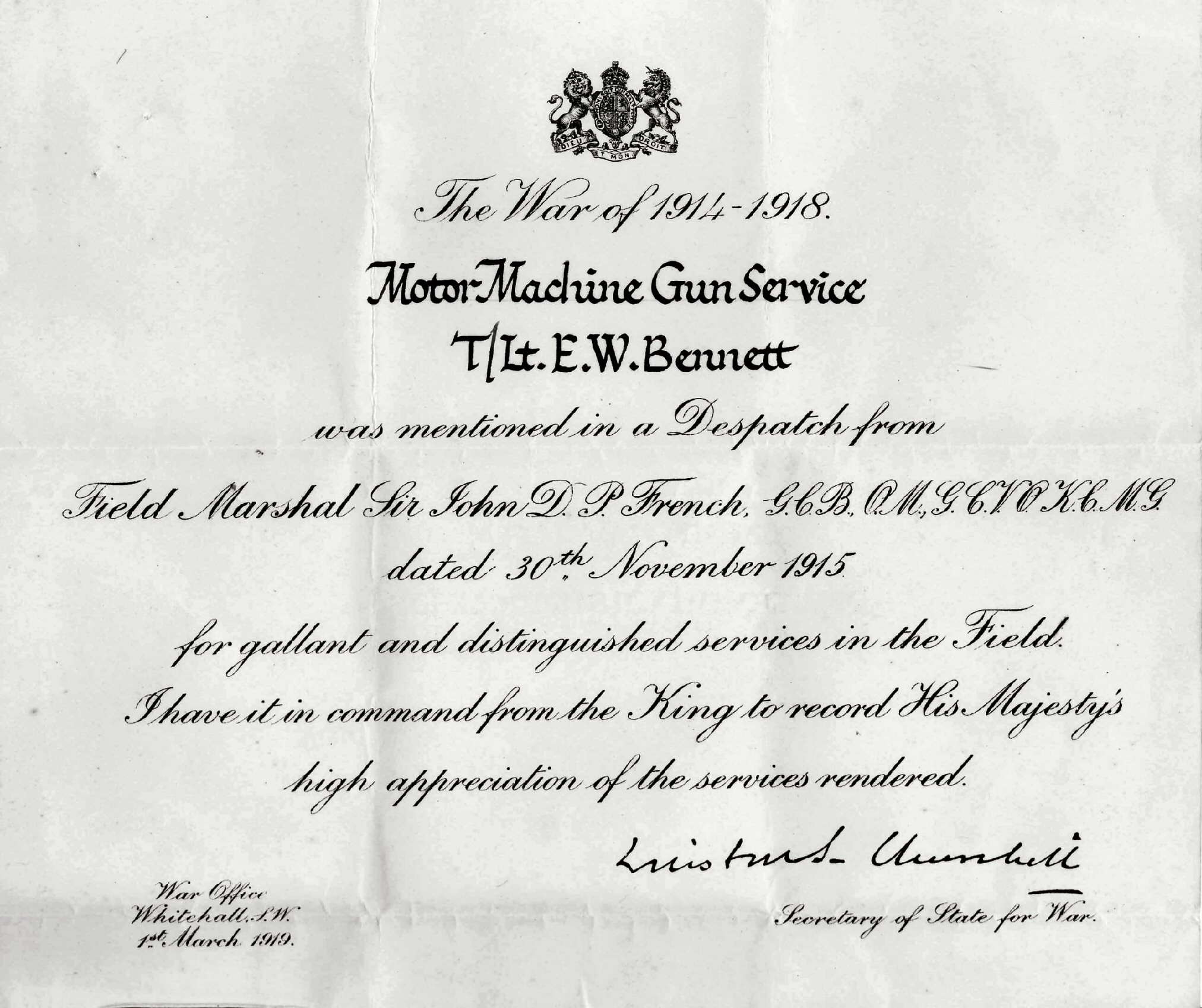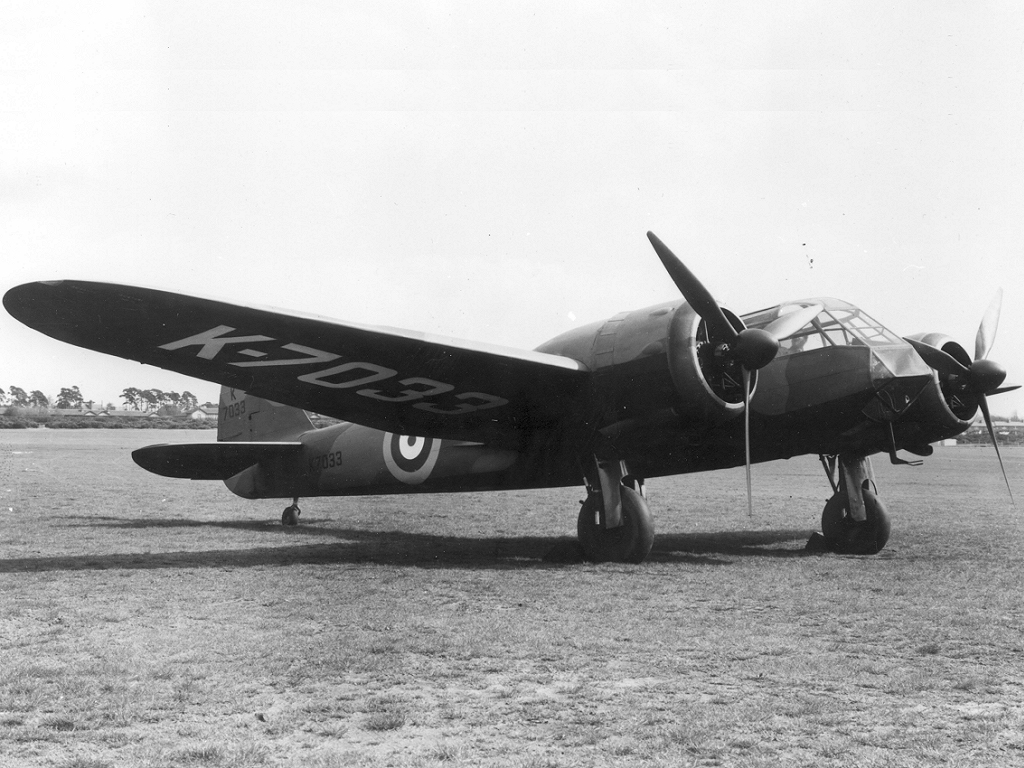|
Tony Hayter
Anthony Ross Henzell Hayter (20 May 1920 – 6 April 1944) was a Royal Air Force Vickers Wellington bomber pilot who was taken prisoner during the Second World War. He took part in the 'Great Escape' from Stalag Luft III in March 1944, but was recaptured and subsequently shot by the ''Gestapo''. Pre-war life Hayter was born in Farnborough, Hampshire the son of Lieutenant Colonel Herbert Roche Hayter, D.S.O., and Elsie Helen Evelyn Winterton Hayter. His father, who had seen extensive military service in the Second Boer War (1899–1902) and in World War I, retired when Hayter was aged two. Their family settled at Burghclere Grange, a large rectory and small farm in Berkshire. He grew up in a sporting atmosphere particularly enjoying swimming and yachting. In 1929, he flew in his step-brother's bi-plane aircraft, and it instilled a love of flight in him. He was educated at Marlborough College from 1933 to 1938 and graduated determined to join the Royal Air Force. Late in 1938, he ... [...More Info...] [...Related Items...] OR: [Wikipedia] [Google] [Baidu] |
Poland
Poland, officially the Republic of Poland, is a country in Central Europe. It extends from the Baltic Sea in the north to the Sudetes and Carpathian Mountains in the south, bordered by Lithuania and Russia to the northeast, Belarus and Ukraine to the east, Slovakia and the Czech Republic to the south, and Germany to the west. The territory has a varied landscape, diverse ecosystems, and a temperate climate. Poland is composed of Voivodeships of Poland, sixteen voivodeships and is the fifth most populous member state of the European Union (EU), with over 38 million people, and the List of European countries by area, fifth largest EU country by area, covering . The capital and List of cities and towns in Poland, largest city is Warsaw; other major cities include Kraków, Wrocław, Łódź, Poznań, and Gdańsk. Prehistory and protohistory of Poland, Prehistoric human activity on Polish soil dates to the Lower Paleolithic, with continuous settlement since the end of the Last Gla ... [...More Info...] [...Related Items...] OR: [Wikipedia] [Google] [Baidu] |
World War I
World War I or the First World War (28 July 1914 – 11 November 1918), also known as the Great War, was a World war, global conflict between two coalitions: the Allies of World War I, Allies (or Entente) and the Central Powers. Fighting took place mainly in European theatre of World War I, Europe and the Middle Eastern theatre of World War I, Middle East, as well as in parts of African theatre of World War I, Africa and the Asian and Pacific theatre of World War I, Asia-Pacific, and in Europe was characterised by trench warfare; the widespread use of Artillery of World War I, artillery, machine guns, and Chemical weapons in World War I, chemical weapons (gas); and the introductions of Tanks in World War I, tanks and Aviation in World War I, aircraft. World War I was one of the List of wars by death toll, deadliest conflicts in history, resulting in an estimated World War I casualties, 10 million military dead and more than 20 million wounded, plus some 10 million civilian de ... [...More Info...] [...Related Items...] OR: [Wikipedia] [Google] [Baidu] |
Vickers Wellington Mk2
Vickers was a British engineering company that existed from 1828 until 1999. It was formed in Sheffield as a steel foundry by Edward Vickers and his father-in-law, and soon became famous for casting church bells. The company went public in 1867, acquired more businesses, and began branching out into military hardware and shipbuilding. In 1911, the company expanded into aircraft manufacture and opened a flying school. They expanded even further into electrical and railway manufacturing, and in 1928 acquired an interest in the Supermarine. Beginning in the 1960s, various parts of the company were nationalised, and in 1999 the rest of the company was acquired by Rolls-Royce plc, which sold the defence arm to Alvis plc. The Vickers name lived on in Alvis Vickers, until the latter was acquired by BAE Systems in 2004 to form BAE Systems Land Systems. History Early history Vickers was formed in Sheffield as a steel foundry by Edward Vickers and his father-in-law George Naylor in ... [...More Info...] [...Related Items...] OR: [Wikipedia] [Google] [Baidu] |
Flying Officer
Flying officer (Fg Offr or F/O) is a junior officer rank used by some air forces, with origins from the Royal Air Force. The rank is used by air forces of many countries that have historical British influence. Flying officer is immediately senior to pilot officer and immediately below flight lieutenant. It is usually equivalent to the rank of sub-lieutenant in the navy and of the rank of lieutenant in other services. The equivalent rank in the Women's Auxiliary Air Force was "section officer". Canada The rank was used in the Royal Canadian Air Force until the 1968 unification of the Canadian Forces, when army-type rank titles were adopted. Canadian flying officers then became lieutenants. In official Canadian French usage, the rank title was . United Kingdom Origins The term "flying officer" was originally used in the Royal Flying Corps as a flying appointment for junior officers, not a rank. On 1 April 1918, the newly created RAF adopted its officer rank titles ... [...More Info...] [...Related Items...] OR: [Wikipedia] [Google] [Baidu] |
RAF Coastal Command
RAF Coastal Command was a formation within the Royal Air Force (RAF). It was founded in 1936, when the RAF was restructured into Fighter, Bomber and Coastal commands and played an important role during the Second World War. Maritime Aviation had been neglected in the inter-war period, due to disagreements between the Royal Navy (RN) and RAF over the ownership, roles and investment in maritime air power.Buckley, 2018. p.85 The Admiralty's main concern until 1937 was the return of the Fleet Air Arm to the Royal Navy while the RAF concentrated on the development of a bombing force to provide a deterrent. Coastal Command was referred to as the "Cinderella Service" by A V Alexander, the First Lord of the Admiralty in November 1940. Soon after RAF Coastal Area was elevated to Coastal Command, its headquarters moved from Lee-on-Solent to Northwood in northwest London. During the Second World War, Coastal Command's most important contribution was the protection of Allied convoys ... [...More Info...] [...Related Items...] OR: [Wikipedia] [Google] [Baidu] |
Mention In Despatches
To be mentioned in dispatches (or despatches) describes a member of the armed forces whose name appears in an official report written by a superior officer and sent to the high command, in which their gallant or meritorious action in the face of the enemy is described. In some countries, a service member's name must be mentioned in dispatches as a condition for receiving certain decorations. Being mentioned in dispatches entitles a recipient to wear a small metallic device, but does not include an entitlement to post-nominals. United Kingdom, British Empire and Commonwealth of Nations United Kingdom Servicemen and women of the United Kingdom or the Commonwealth of Nations, Commonwealth who are mentioned in despatches are not awarded a medal for their actions, but receive a certificate and wear an oak leaf device on the ribbon of the appropriate campaign medal. A smaller version of the oak leaf device is attached to the ribbon when worn alone. Prior to 2014, only one devic ... [...More Info...] [...Related Items...] OR: [Wikipedia] [Google] [Baidu] |
Fairey Battle
The Fairey Battle is a British single-engine light bomber that was designed and manufactured by the Fairey Aviation Company. It was developed during the mid-1930s for the Royal Air Force (RAF) as a monoplane successor to the Hawker Hart and Hawker Hind, Hind biplanes. The Battle was powered by the same high-performance Rolls-Royce Merlin piston engine that powered various contemporary British Fighter aircraft, fighters such as the Hawker Hurricane and Supermarine Spitfire. As the Battle, with its three-man crew and bomb load, was much heavier than the fighters, it was therefore much slower. Though a great improvement over the aircraft that preceded it, its relatively slow speed, limited range and inadequate defensive armament of only two .303 British#Mark VIIIz, .303 (7.7 mm) machine guns left it highly vulnerable to enemy fighters and anti-aircraft fire.Ethell 1995, p. 177. The Fairey Battle was used on operations early in the Second World War. During the "Phoney War" th ... [...More Info...] [...Related Items...] OR: [Wikipedia] [Google] [Baidu] |
Messerschmitt Bf 109
The Messerschmitt Bf 109 is a monoplane fighter aircraft that was designed and initially produced by the Nazi Germany, German aircraft manufacturer Messerschmitt#History, Bayerische Flugzeugwerke (BFW). Together with the Focke-Wulf Fw 190, the Bf 109 formed the backbone of the ''Luftwaffe's'' fighter force during the World War II. It was commonly called the Me 109 by Allied aircrew and some German aces/pilots, even though this was not the official model designation. The Bf 109 was designed by Willy Messerschmitt and Robert Lusser, who worked at BFW during the early to mid-1930s. It was conceived as an interceptor aircraft, interceptor. However, later models were developed to fulfill multiple tasks, serving as Escort fighter, bomber escort, fighter-bomber, day fighter, day-, night fighter, night-, all-weather fighter, ground-attack aircraft, and aerial reconnaissance aircraft. It was one of the most advanced fighters when the fighter first appeared, being furnished with an all-me ... [...More Info...] [...Related Items...] OR: [Wikipedia] [Google] [Baidu] |
Montdidier, Somme
Montdidier (; or ) is a commune in the Somme department in the administrative region of Hauts-de-France (historically Picardy), northern France. Geography Montdidier is on the D935 road, some 30 km southeast of Amiens, in the region known as the 'Santerre'. Montdidier station has rail connections to Amiens and Compiègne. Population History The commune has existed since before Roman times, possibly corresponding to the site of ''Bratuspance''. Under Charlemagne, a donjon was built in the north-west of the town, on a chalk promontory, (nowadays the site of the ''Prieuré''). It was here, in 774, that Desiderius, king of the Lombards, was held prisoner by Charlemagne, giving the town its name (in French, ''Didier''). Around the year 948, the first church was built near the castle by Heldwide, the wife of Hilduin, first of the house of the Counts of Montdidier. In 1184, King Philip II of France had the outlying buildings of the town burnt down, during the war for ... [...More Info...] [...Related Items...] OR: [Wikipedia] [Google] [Baidu] |
Bristol Blenheim
The Bristol Blenheim is a British light bomber designed and built by the Bristol Aeroplane Company, which was used extensively in the first two years of the Second World War, with examples still being used as trainers until the end of the war. Development began with the ''Type 142'', a civil airliner, after a challenge from the newspaper proprietor Harold Harmsworth, 1st Viscount Rothermere, Lord Rothermere to produce the fastest commercial aircraft in Europe. The ''Type 142'' first flew in April 1935, and the Air Ministry, ordered a modified design as the ''Type 142M'' for the Royal Air Force (RAF) as a bomber. Deliveries of the new Blenheim to RAF squadrons commenced on 10 March 1937. In service the Type 142M became the Blenheim Mk.I which would be developed into the long-nosed Type 149, the Blenheim Mk.IV, except in Canada where Fairchild Canada built the Type 149 under licence as the Bolingbroke. The Type 160 Bisley was also developed from the Blenheim but was already obsol ... [...More Info...] [...Related Items...] OR: [Wikipedia] [Google] [Baidu] |
RAF Hullavington
Royal Air Force Hullavington, or more simply RAF Hullavington, was a Royal Air Force station located at Hullavington, near Chippenham, Wiltshire, England. The station opened in June 1937 and was primarily used for training. It closed on 31 March 1992 when it was transferred to the British Army and renamed Buckley Barracks. The airfield part of the site, known as Hullavington Airfield, continued to be used for RAF gliding operations until 2016 when it was sold to technology company Dyson. History The site spans three parishes: the hangars and grassland in the north and west lie in Hullavington parish, while other hangars, most of the runways and the northern part of the barracks are in St Paul Malmesbury Without. The rest of the barracks are in Stanton St Quintin parish and are near the small village of Lower Stanton St Quintin and the A429 Chippenham-Malmesbury road. The airfield was opened on 14 June 1937 with No 9 Flying Training School arriving from RAF Thornaby on 10 Ju ... [...More Info...] [...Related Items...] OR: [Wikipedia] [Google] [Baidu] |






